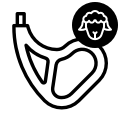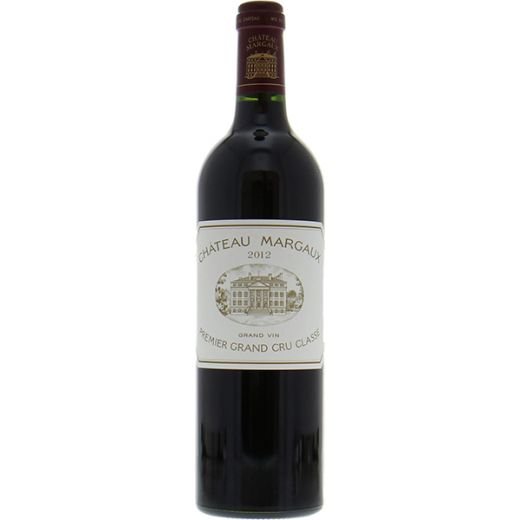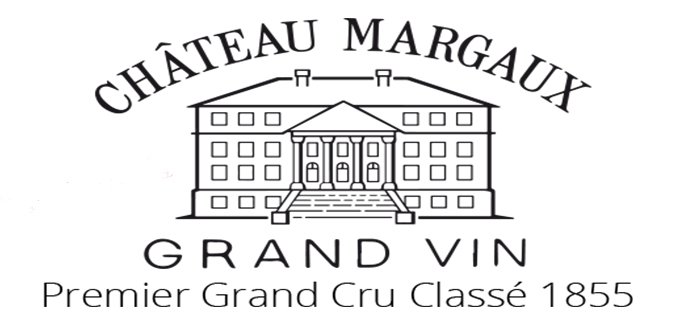Chateau Margaux 2012
96 points in Robert Parker's Wine Advocate. "Tasted blind at the 2012 Southwold tasting, the 2012 Château Margaux has a taut, linear, pencil lead-infused bouquet with pure blackberry and boysenberry scents, an undercurrent of tobacco that surfaces after five minutes in the glass. The palate is medium-bodied with fine tannin, crisp acidity, a life-affirming sense of balance with well-integrated new oak towards the finish. I concur with Robert Parker that his has become more structured and masculine in bottle, yet there is pedigree here from start to finish, a sense of effortlessness that is seductive. This is a top-class wine from the late Paul Pontallier and his team. Tasted January 2016."
พันธุ์องุ่นผสม (Grape Blended)
รสสัมผัส (Palate)
สี (Colour)
กลิ่น (Aroma)
รสสัมผัส (Palate)



Chateau Margaux 2012
96 points in Robert Parker's Wine Advocate.
"Tasted blind at the 2012 Southwold tasting, the 2012 Château Margaux has a taut, linear, pencil lead-infused bouquet with pure blackberry and boysenberry scents, an undercurrent of tobacco that surfaces after five minutes in the glass. The palate is medium-bodied with fine tannin, crisp acidity, a life-affirming sense of balance with well-integrated new oak towards the finish. I concur with Robert Parker that his has become more structured and masculine in bottle, yet there is pedigree here from start to finish, a sense of effortlessness that is seductive. This is a top-class wine from the late Paul Pontallier and his team. Tasted January 2016."
BIRTH OF THE ESTATE
Known since the XII century, it was called “La Mothe de Margaux” (the Margaux mound) and, at that time, it didn’t have any vines. The old name didn’t happen by chance; in a flat region like the Médoc, the slightest “mound” was easily distinguished and the greatest wines are always produced on sloping land that ensures good drainage.
In 1152, Aquitaine fell to the advance of England until 1453 and so Bordeaux wines benefited Made from this new market. Bordeaux “claret” was adopted as a table wine by Richard the Lion Heart, King of England in the XII century.
The successive owners of “La Mothe de Margaux” were, of course, important lords but we had to wait for the arrival of the Lestonnac family to set up the estate as we know it today. Pierre de Lestonnac succeeded, in the ten years Made from 1572 to 1582, in completely restructuring the property as well as the vineyard and anticipated the general evolution of the Médoc that had started to abandon cereal growing in favour of vines.
At the end of the XVII century, Château Margaux occupied 265 hectares, land that wouldn’t be divided again. A third of the estate was dedicated to vines, which is still the case today.
England and Holland drank “claret”, a pale wine that didn’t age well. Château Margaux became the epitome for the art of wine-making and the hierarchy between the different Bordeaux growths was already being drawn up.
Château Margaux was born.




